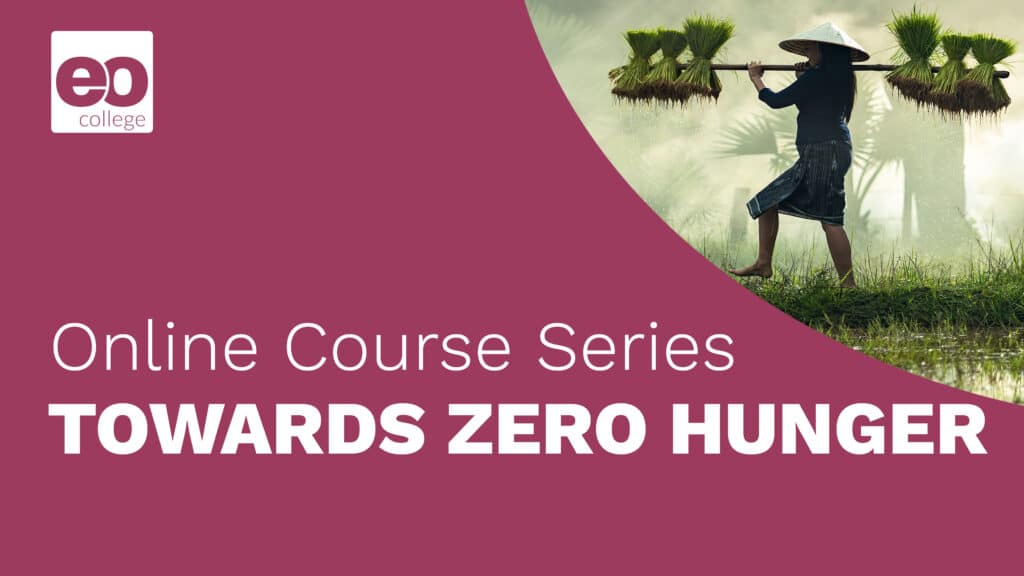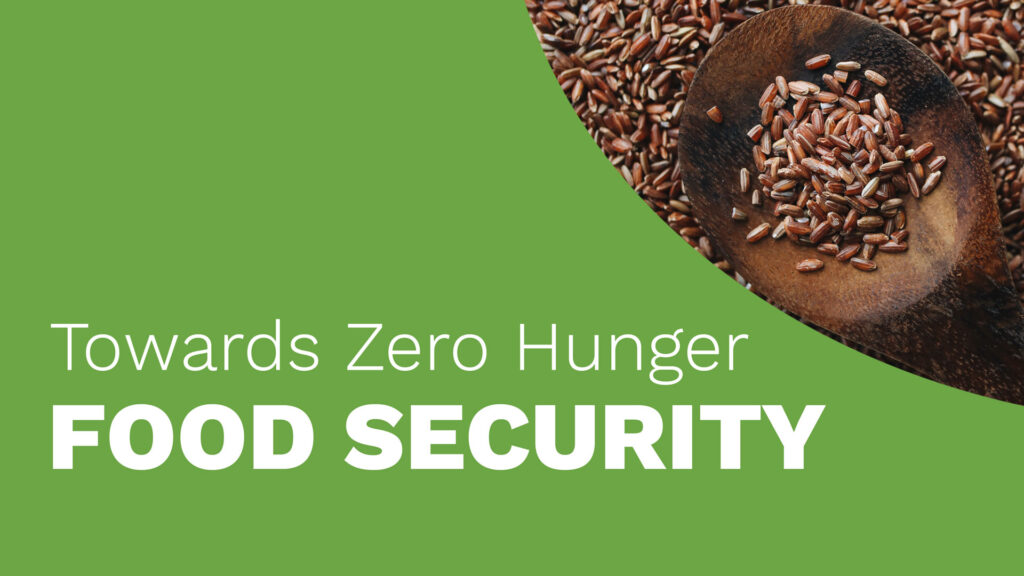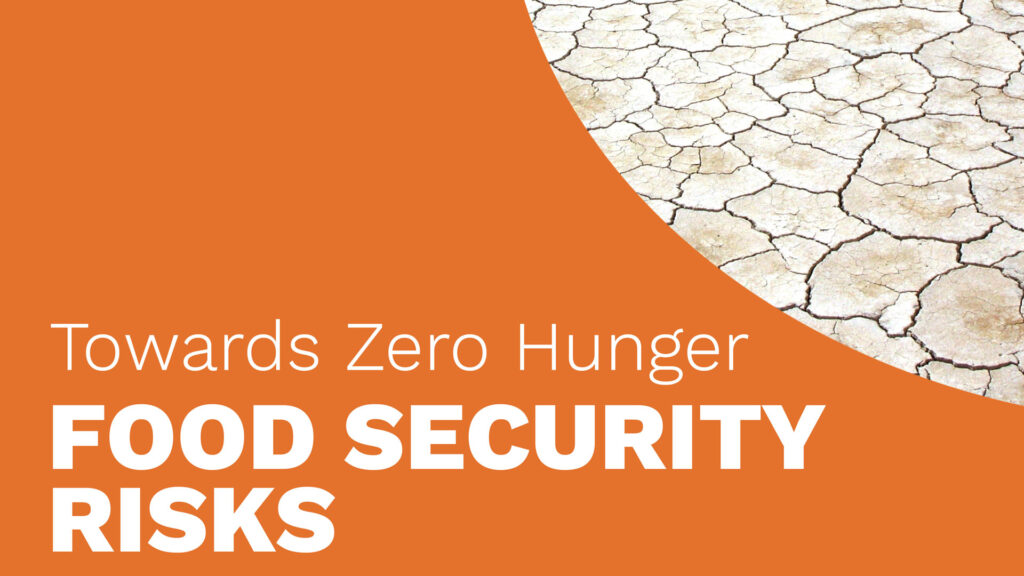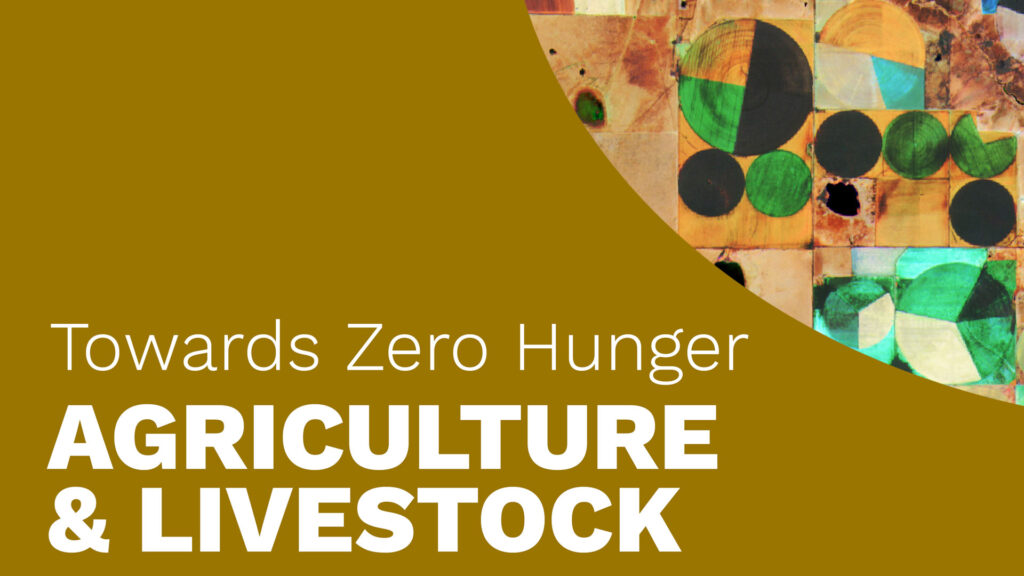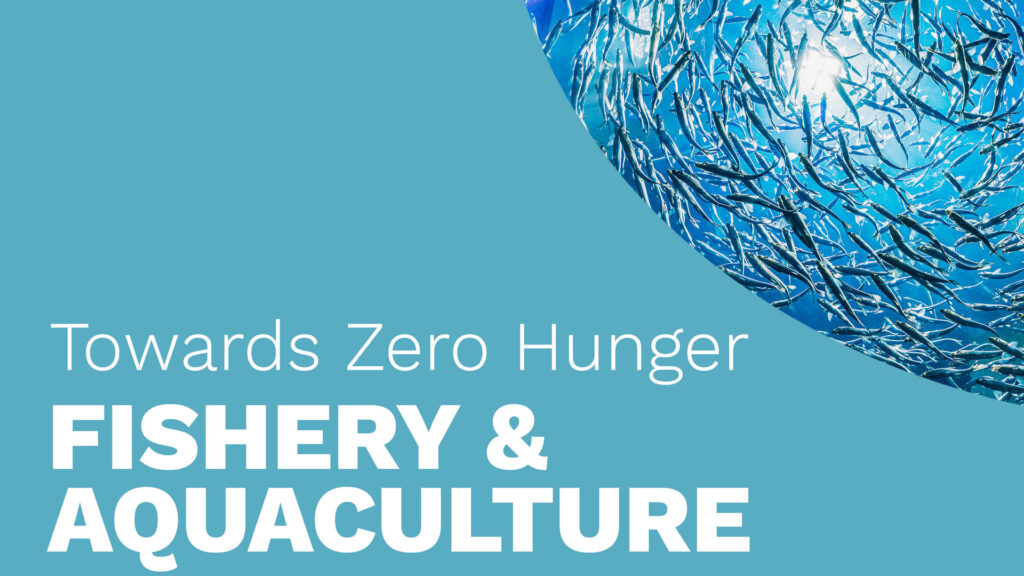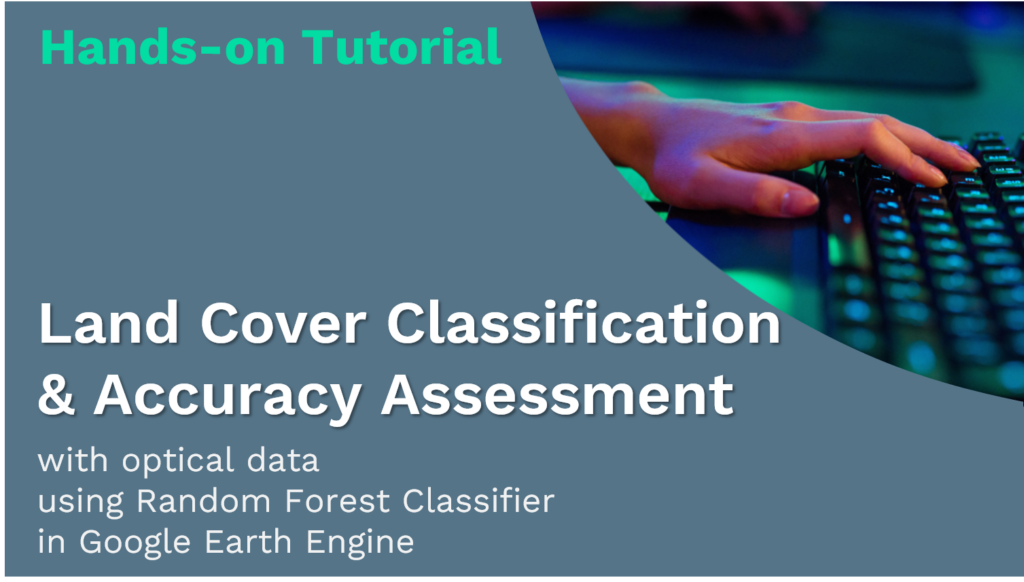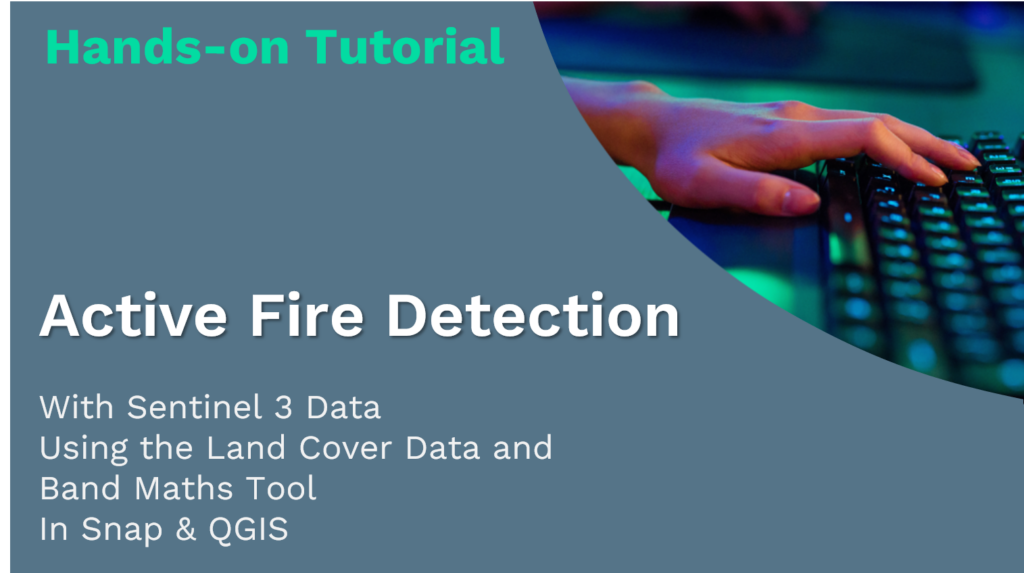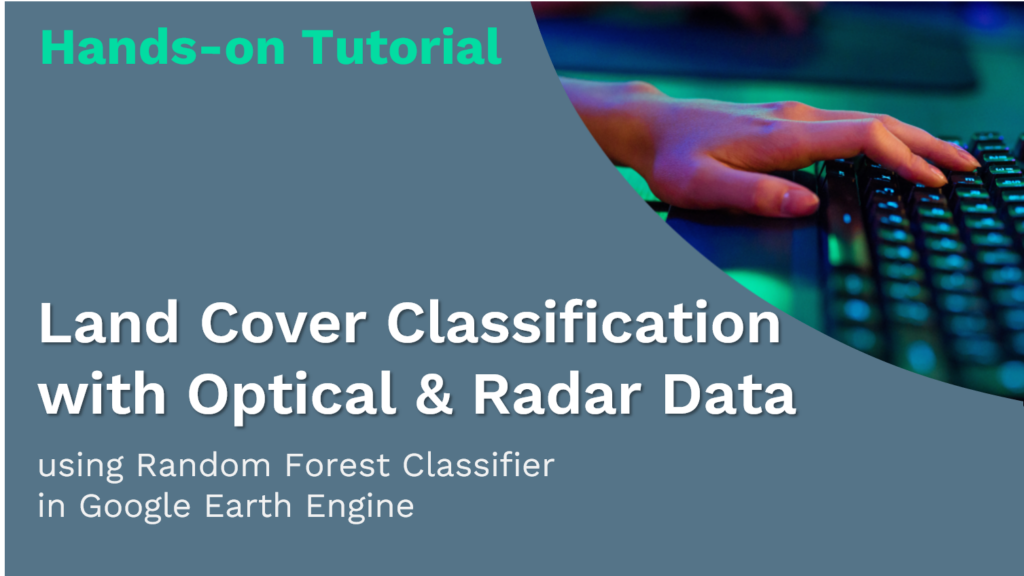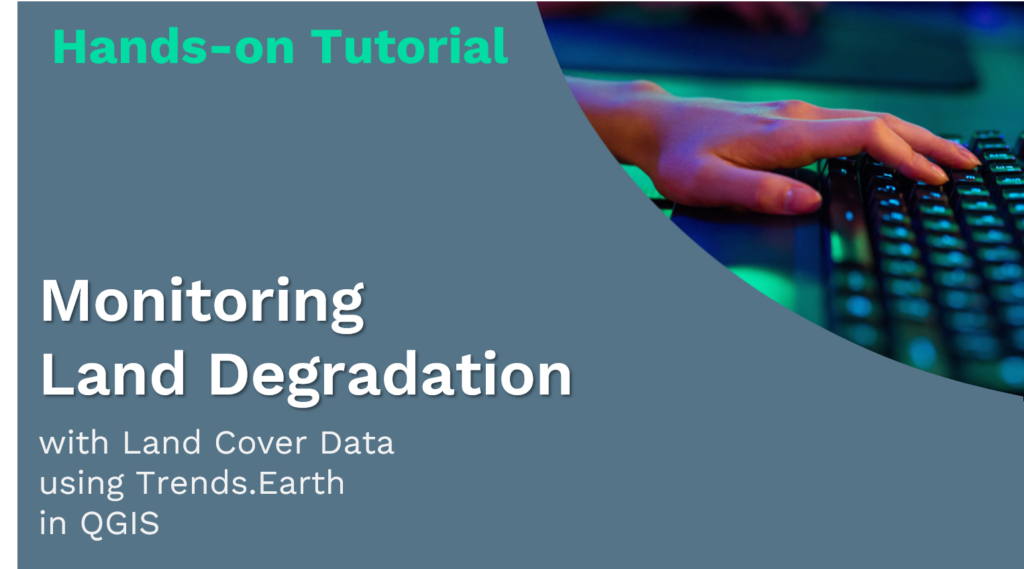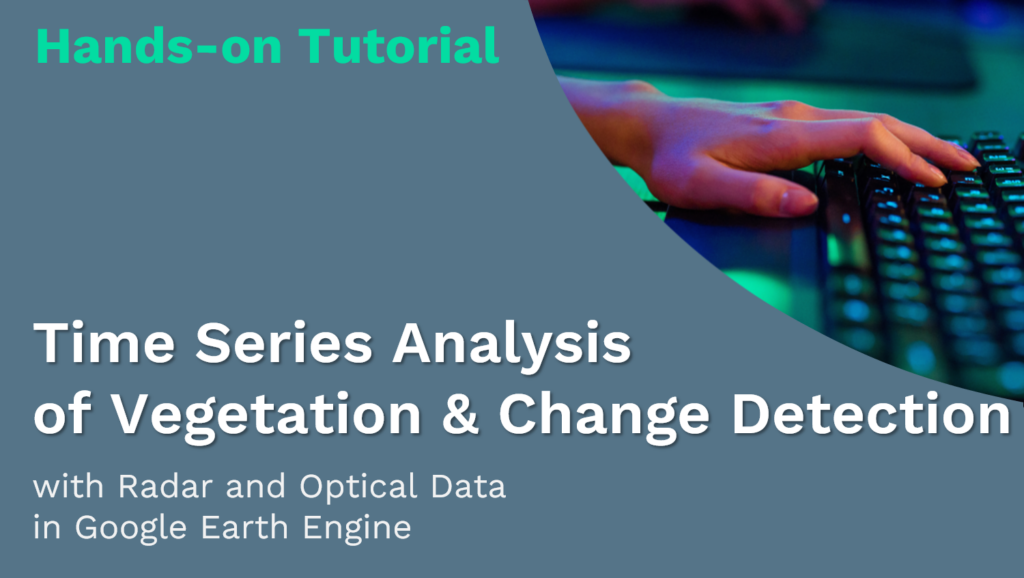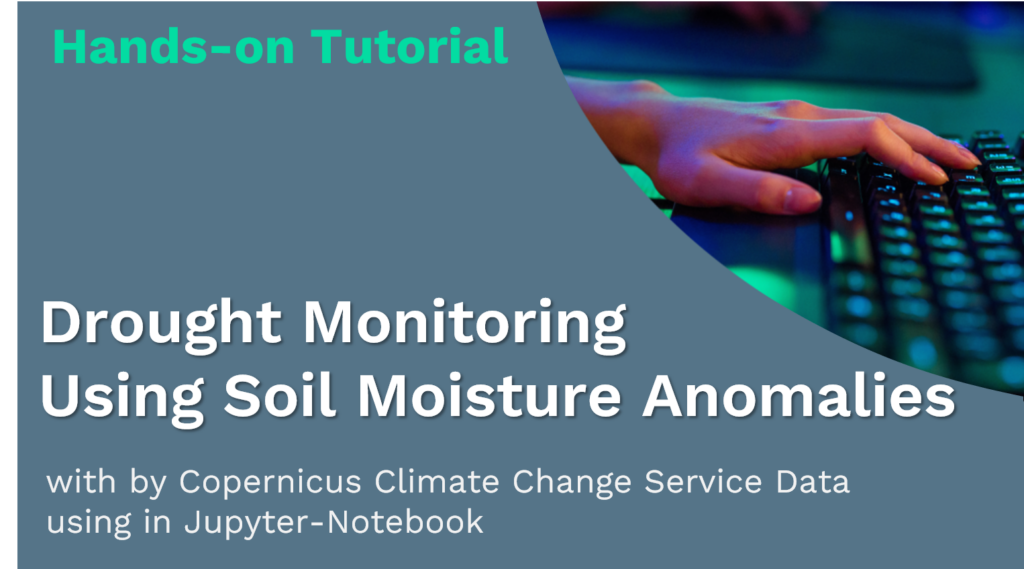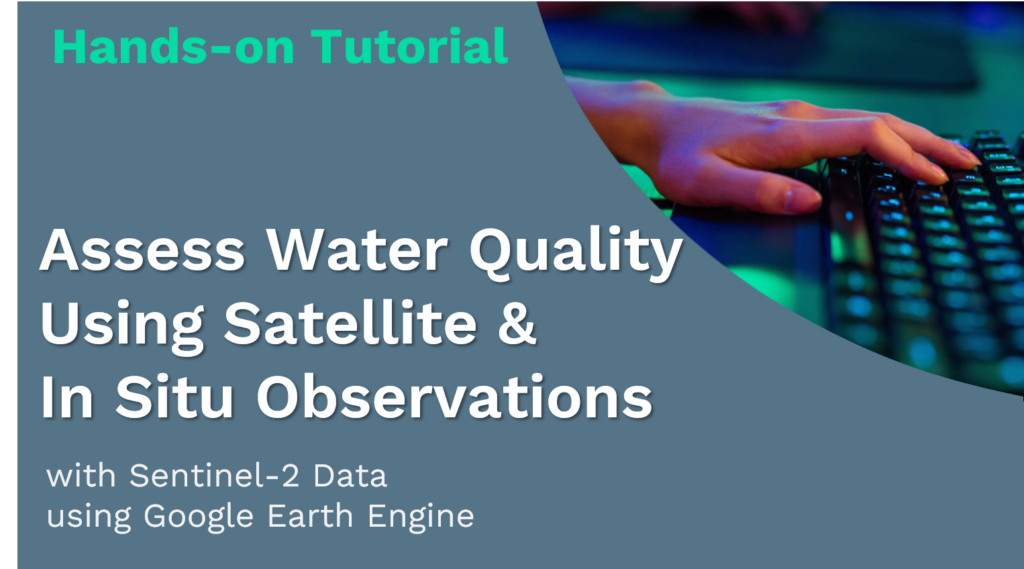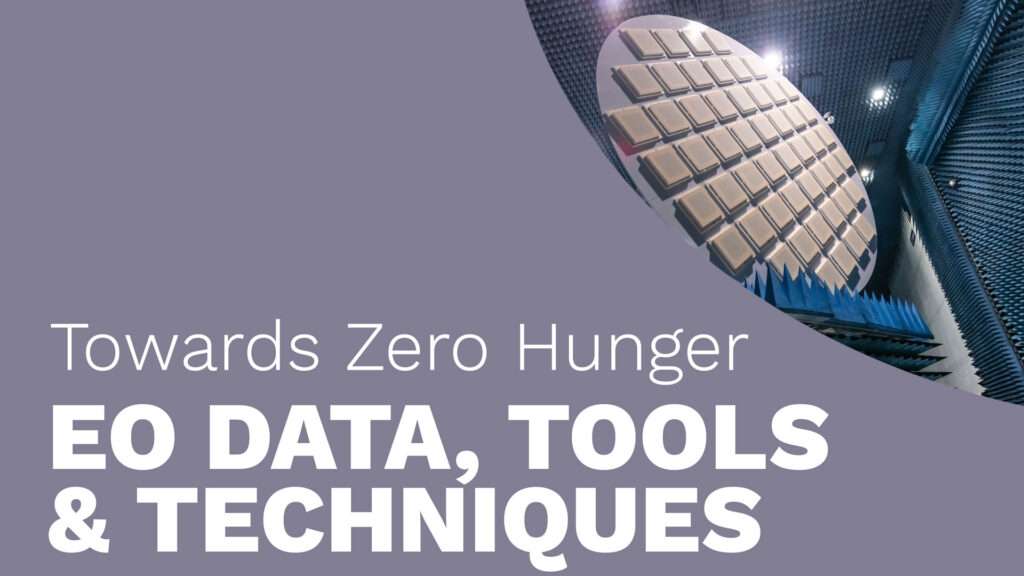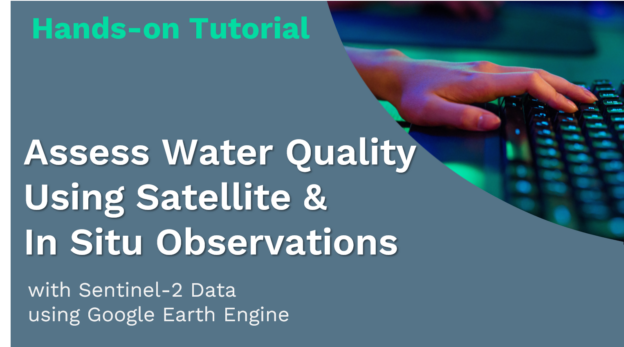Towards Zero Hunger – Hands-on: Assess Water Quality using Satellite and In Situ Observations
Using Satellite and In Situ Observations
In QGIS and Google Earth Engine
This hands-on tutorial is part of a series of online learning materials.
Towards Zero Hunger will give you insights into the potential of remote sensing technologies to support the United Nations’ Sustainable Development Goal 2: Zero Hunger.
This tutorial demonstrates the process of deriving statistical algorithm coefficients for estimating water quality parameters, specifically chlorophyll-a and total suspended solids, using Google Earth Engine (GEE). In the first part, the tutorial explains how to convert CSV (comma-separated values) data into shapefile format using QGIS. These shapefiles will then be uploaded as assets in GEE.
Subsequently, the tutorial guides users through deriving statistical algorithm coefficients to estimate chlorophyll concentration, total suspended solids, and water clarity by combining in-situ water quality measurements with optical reflectance data from satellite imagery.
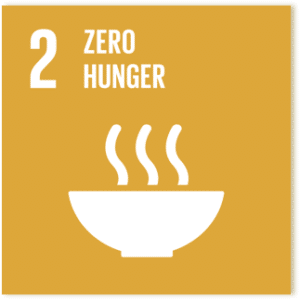
SDG 2: Zero Hunger Relevance
Assessing water quality is critically relevant to the Zero Hunger goal, as it plays a vital role in supporting sustainable water resource management, which is essential for food security. By demonstrating techniques to monitor water quality parameters such as chlorophyll-a, total suspended solids, and water clarity, this tutorial promotes the health of aquatic ecosystems crucial for agriculture and aquaculture. Clean water is indispensable for irrigation, fisheries, and livestock, directly influencing food production. Furthermore, accurate water quality monitoring enhances aquaculture productivity by ensuring healthier fish stocks and higher yields. Sustainable water resource management also strengthens agriculture by fostering resilient practices that sustain crop health and productivity. By utilizing advanced tools like Google Earth Engine and statistical models, this tutorial empowers informed decision-making, contributing directly to sustainable food systems and the eradication of hunger.
Explore below the SDG 2: Zero Hunger relevance of applications related to
- Crop & Grazing Land Monitoring – Agriculture & Livestock
- Forest & Water Monitoring – Forestry & Agroforestry – Fishery & Aquaculture
- Environmental Monitoring – Agriculture & Livestock – Forestry & Agroforestry – Fishery & Aquaculture
Source Tutorial
This tutorial is part of the NASA Applied Remote Sensing Training Program (ARSET): Monitoring Water Quality of Inland Lakes using Remote Sensing.
The original content can be found at:
ARSET – Monitoring Water Quality of Inland Lakes using Remote Sensing. NASA Applied Remote Sensing Training Program (ARSET). http://appliedsciences.nasa.gov/get-involved/training/english/arset-monitoring-water-quality-inland-lakes-using-remote-sensing
Part 3: Assess Water Quality using Satellite and In Situ Observations, Part 3/3
Credit
This topic was created with the help of learning materials that were kindly provided by:
- (2023). ARSET – Monitoring Water Quality of Inland Lakes using Remote Sensing. NASA Applied Remote Sensing Training Program (ARSET). http://appliedsciences.nasa.gov/get-involved/training/english/arset-monitoring-water-quality-inland-lakes-using-remote-sensing
About Instructor



